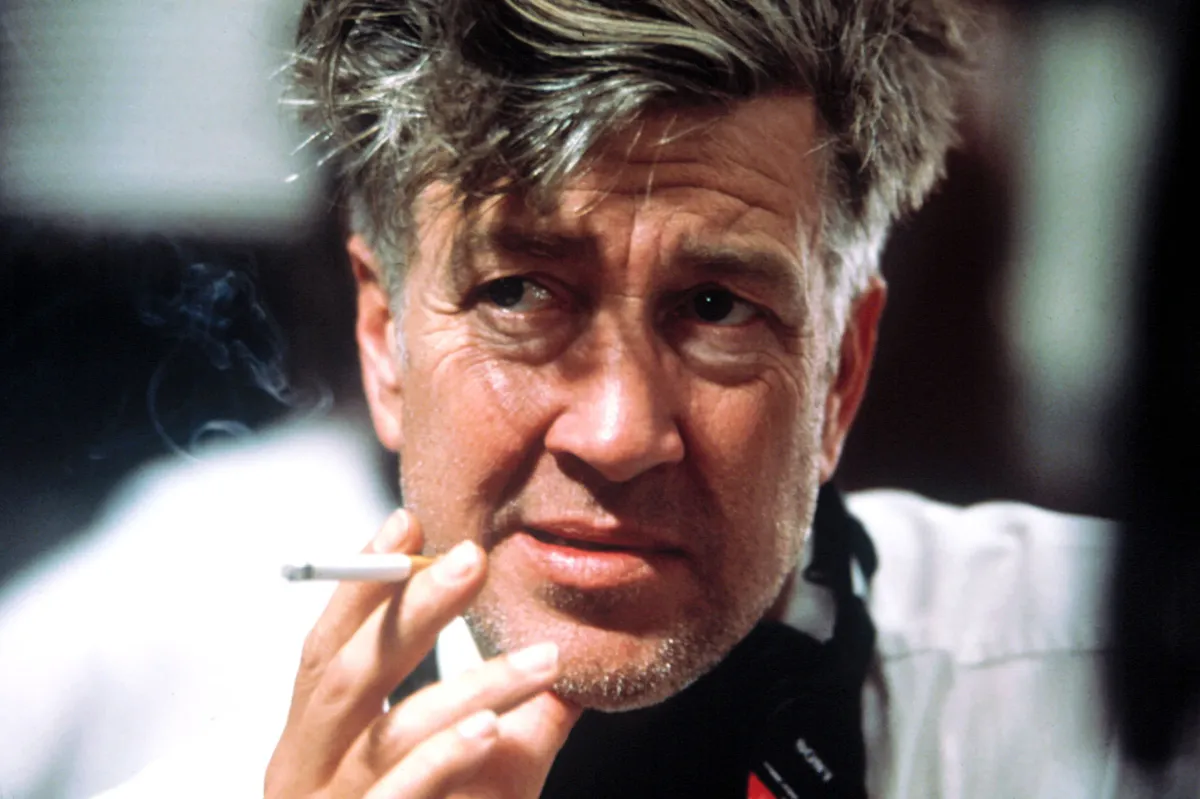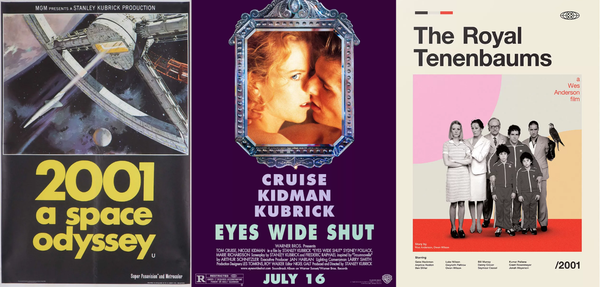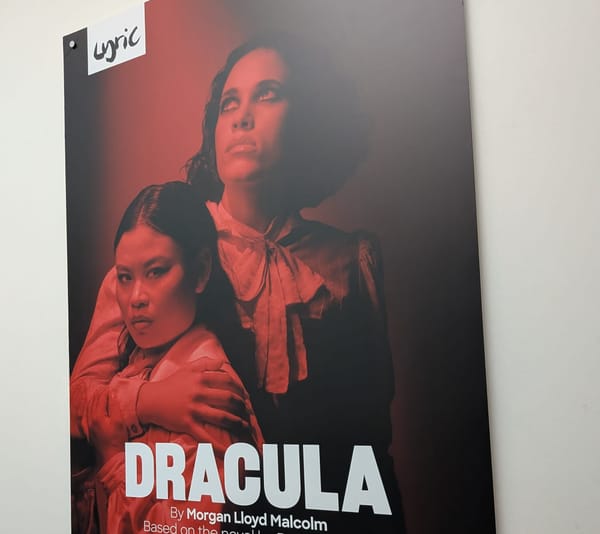Movie: David Lynch's "The Art Life"
This is adapted from an article I wrote in 2017 for The Z Review in New York

David Lynch is an oddity in modern TV and cinema. Most of his works have no discernible plot, and for those that do, plot inevitably turns out to be no more than a sidetrack by the time you reach the end. It turns out that the whole of Twin Peaks was little more than a dream. As was Mulholland Drive. As was... but does it matter? Is real life anything more than a waking dream? And who said dreams were not important?
This movie was funded by Kickstarter and is a fine example of what fans can do when they put their heads together. It's very good indeed, measured on its own terms. Those terms, broadly, are these: a documentary film showing images of Lynch at work in his artist's studio in the Hollywood Hills, overlaid with him talking about his life in art. And that is important: this documentary covers his very early life and the early part of his career, ending with Eraserhead. It shows how a boy who is basically a drawing artist develops into a painter and from there into a maker of cinematic motion pictures. It is educational for anyone wishing to follow a life in the arts, but most specifically for those interested in motion picture production.
Early in the film, Lynch describes how one day he experienced a surreal moment when, while painting, he felt that the picture came to life. He heard the sound of the wind and experienced the paint 'moving' on the paper. He became fascinated by the moving image from that point, and it led him to make a short four-minute segment called The Alphabet. This later enabled him to get a film grant from the AFI, from which he made The Grandmother. This so impressed his mentors that they virtually insisted he decamp to the Los Angeles home, in Beverly Hills, of the AFI's Center for Advanced Film Studies. There he occupied a series of disused stables buildings for four years. It was there he made Eraserhead, a process which he fondly remembers as being one of the happiest of his life.
Lynch remembers that first morning in California. It was the sheer light that knocked him off balance. He recalls standing in the street in the sunshine, describing the light as "pulling the fear out of me." And fear is something he had experienced since the family moved to Virginia, on the edge of Washington DC, after his father got promoted to a steady office job. It has never left him. Of course, it may just be that the move to Virginia happened at a time that is tricky for all boys, and perhaps girls too, or it may not. Whatever, Virginia is the period in Lynch's childhood where he could first put his finger on anxiety and fear and foreboding, themes which he continues to explore in his work.
Lynch cites a supportive mother and, for the times, a surprisingly supportive father. Only later did his father suggest that Lynch never have children, advice that came just as Lynch was about to learn that his wife Peggy was pregnant with their first child, Jennifer. Later on, during Eraserhead (as far as I can work out, the chronology is sometimes blurred) his father came back to beg him to give up on film and get a real job so that he could support Peggy. This properly shook Lynch in a way that the earlier comment did not. He could not express to his family how important it was that his work should continue. Hasn't this always been the way for those without private incomes? How to justify doing something that feels so essential, but yet provides inadequate money to live, let alone support a family? The chance of future wealth is so small and so rare that it seems to be a perpetual parental nightmare. And yet nearly all modern parents aggressively encourage expression, just as long as it is not seen as a career.
Even in Lynch's early work, his life's themes and motifs are obvious. The howling wind, the zigzag floor designs of Twin Peaks, the monochrome, the odd animations, the fear and darkness are all present from the outset. His early work, especially without dialogue or context, is all disturbing. Crucially, Lynch did not himself feel disturbed. This sets him apart from some artists with more severe mental illness, in that he seems to be a genius who did not lose his sense of self or his sense of responsibility. Yes, he locked himself in his room in Boston for two weeks while he waited for his new course to start, yes he suffered a sense of foreboding and darkness that we might today associate with forms of anxiety and depression. But to Lynch that was just a part of who he was, and he turned it into a creative force.
Here we see some of Lynch's photographs of industrial buildings, many taken in Philadelphia, another move which unbalanced him. The arrival of daughter Jennifer unbalanced him too. He finds it hard to put into words, but he was not over the moon at this news. He recognises that these big events, the things which knock someone off their perch, are the very things which boost the artist. These stones and spikes are the things which drive a need to make.
The title of the film comes, indirectly, from a book that gave Lynch an idea what it meant to be an artist. Called The Art Spirit, it morphed in Lynch's mind to something that he calls The Art Life. This essentially is a life of painting fuelled by coffee and cigarettes. He is a prolific smoker. In almost every scene he is aggressively burning a cigarette. For him, it clearly relaxes and focuses the mind, a little totem of deep thought. It marks him out as a spectator, a reflector, who sits for hours at ease with his own thoughts. He claims there is something beautiful about a life of hard work for its own sake, whether there comes financial reward or not. He shares this with a great many other successful artists, but there is always a cost. He is onto his fourth wife, and fourth child, but it is Jennifer one feels for the most. She was born by accident at a time when Lynch had no prospect of supporting his wife, certainly not a child. Lynch aggressively followed his life in art, but he did not take care of his young family. They left him very early in the day, and one wonders whether they would consider the sacrifice they were forced to make worthwhile.
Still, in the end, Lynch was proved right. He is one of the very few who not only scraped by from art but made himself a household name and a very wealthy man. He has a huge studio out in Hollywood where he makes the best of the natural light. Without the chapters described in this film, we would not have had The Elephant Man or Twin Peaks. How much of his other works have been worthwhile is not questioned by fans, but his dogged pursuit of the odd and the dark at the expense of plot has held him back commercially. We can hope that history will see him as one of the geniuses, but it is not guaranteed.
The book mentioned above is called The Art Spirit by Robert Henri.





